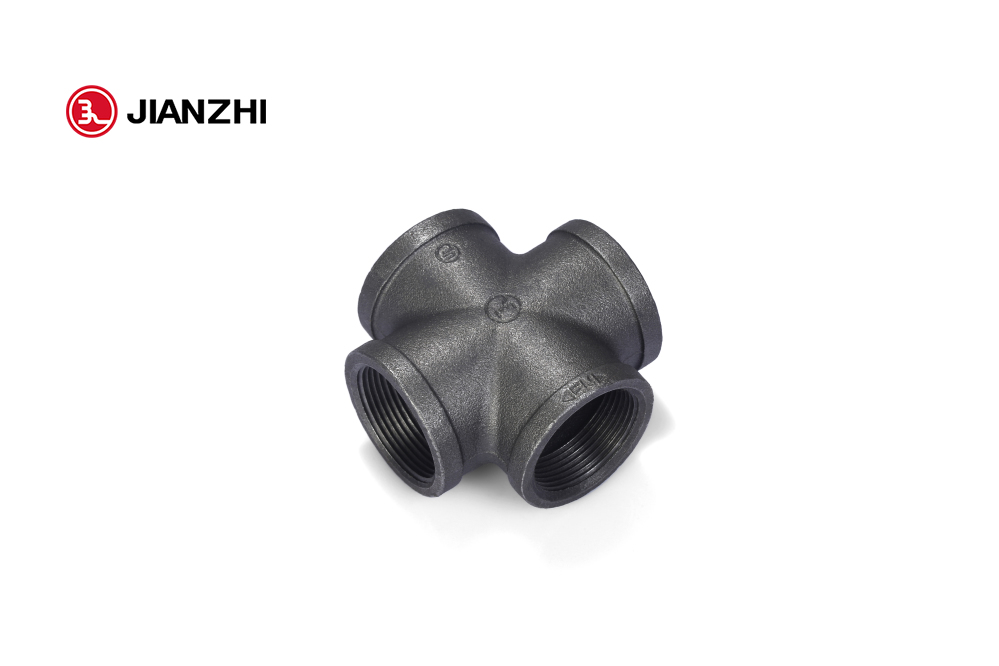Pipe fitting is a skilled trade that involves the installation, repair, and maintenance of pipes and piping systems.
Here are some things to know about pipe fitting works:
Types of pipes: There are a variety of pipes that may be used in piping systems, including steel, copper, PVC, and more. Each type of pipe has its own advantages and disadvantages, and the choice of pipe will depend on the specific needs of the application.
Types of fittings: Pipe fittings are used to connect pipes and change the direction of flow. There are a variety of fittings that may be used in piping systems, including elbows, tees, couplings, and more. Each type of fitting is designed for a specific purpose and must be selected based on the needs of the application.
Safety: Safety is a top priority in pipe fitting works. Pipefitters must follow safety guidelines and wear appropriate personal protective equipment when working with pipes and fittings. They must also be trained to recognize and respond to potential hazards.
Tools and equipment: Pipefitters use a variety of tools and equipment to perform their work, including pipe cutters, welders, threaders, and more. They must be skilled in the use of these tools and equipment to ensure proper installation of pipes and fittings.
Regulations and codes: Piping systems must comply with local building codes and regulations, as well as industry standards and best practices. Pipefitters must be knowledgeable about these regulations and codes to ensure that their work meets all necessary requirements.
Maintenance and repair: Piping systems require regular maintenance and repair to ensure proper function and longevity. Pipefitters may be called upon to perform maintenance and repair work, which may involve replacing or repairing pipes and fittings.
Overall, pipe fitting is a skilled trade that requires a combination of technical knowledge, practical skills, and a strong commitment to safety. black pipe gas fittings Pipefitters play an important role in the construction, maintenance, and repair of piping systems in a variety of industries.
How can I ensure that the piping system I install complies with local regulations and codes?
To ensure that the piping system you install complies with local regulations and codes, there are several steps you can take:
Research local regulations and codes: Research local building codes and regulations to determine the specific requirements for piping systems in your area. This information may be available online or through your local building department.
Consult with a licensed professional: Consult with a licensed plumber or engineer who is knowledgeable about local building codes and regulations. They can provide guidance and ensure that your piping system meets all necessary requirements.
Use approved materials and fittings: Use only approved materials and fittings that meet local building codes and regulations. Check with your local building department or consult with a licensed professional to ensure that the materials and fittings you plan to use are approved for use in your area.
Obtain necessary permits: Obtain all necessary permits for the installation of your piping system. Your local building department can provide information on the specific permits required for your project.
Inspect the installation: Have the installation inspected by a qualified inspector to ensure that it meets all local regulations and codes. This may be required before the system can be put into use.
By following these steps, you can help ensure that your piping system complies with local regulations and codes and is safe and reliable for use.
